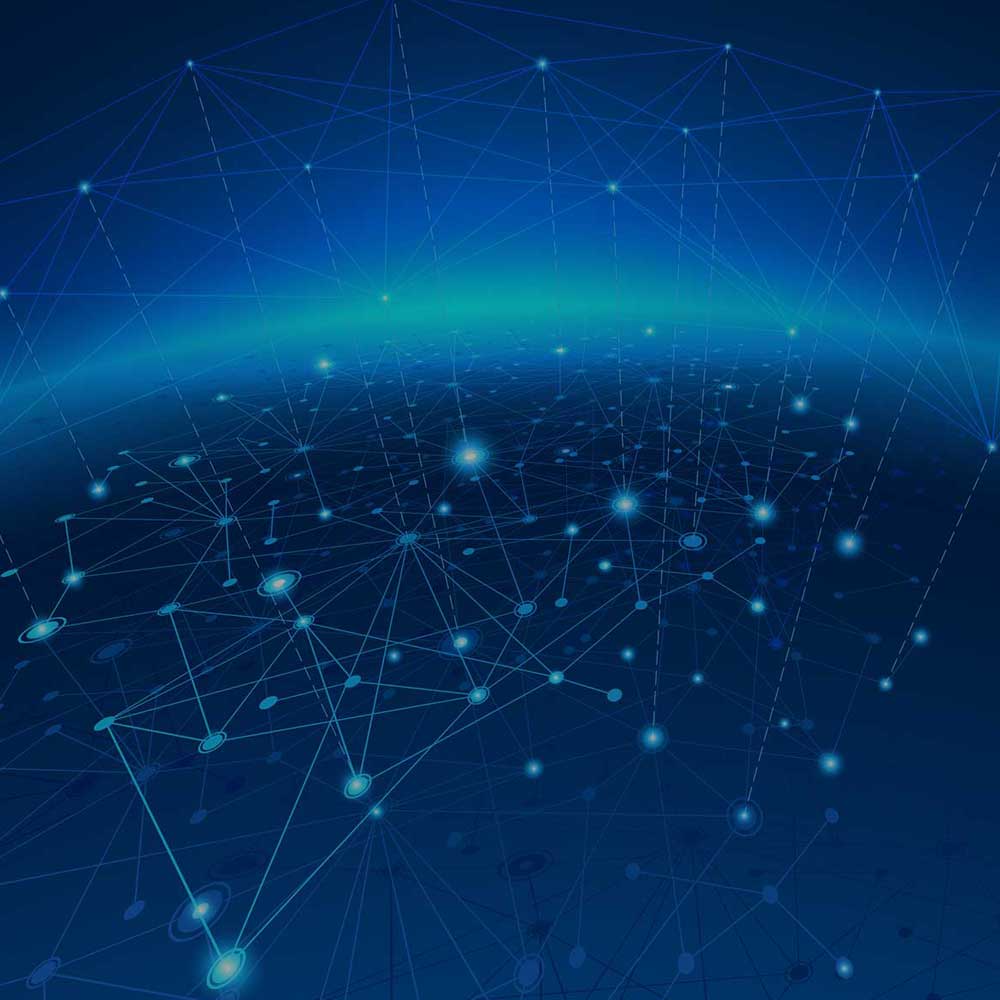The Internet of Things, or IoT, is a constant presence in our lives. Whether we notice it or not, we are surrounded by myriad smart devices, each collecting, processing and sending information. Even if you choose not to buy a smart speaker like Amazon’s Alexa or a smartwatch that measures your steps, sleep patterns and heart rate, various other devices are sure to impact your life daily.
As we speak, smart cities are analyzing traffic patterns, connected kiosks are examining shopping habits, and hospitals are using IoT sensors to track patients and medical supplies. The list goes on.
So, what is the Internet of Things? Let’s dive in a little deeper.
The Internet of Things is…
IoT is a worldwide network of smart devices and the enterprise platforms they connect to. An IoT device can be any web-enabled smart object that uses integrated processors, sensors and communication equipment to collect, send and act on the data it gathers from its environment. The collected data may be shared with other IoT devices, sent to an edge device, such as an IoT gateway, or pushed to the cloud, where it is stored and analyzed with the aid of AI and Machine Learning.
IoT devices come in many forms, from the mundane (think: light bulbs and alarm clocks) to the sublime—autonomous vehicles, medical robots and nanotechnology, for instance. From the Apple Watch on your wrist to the autonomous robot that built your car, the world’s IoT devices comprise a complex web of connected sensors that offer us convenience, facility and information.
The good, the bad and the connected
By now, most folks appreciate the allure of a connected world. Smart devices in the home can offer the convenience of automated lights, locks and appliances. Autonomous cars can connect to smart city infrastructure to help speed travel and prevent accidents. And industrial IoT (IIoT) has the potential to increase economies of scale while lowering the carbon footprints of manufacturing processes.
But IoT has a downside, too. A world of interconnected devices can be an evil playground for hackers. Cybercriminals can break into our IoT devices and steal innumerable secrets, including personal information, schedules and even the keys to our homes and offices. Even innocent programming bugs can propagate through an IoT network, hopping from one connected device to another, spreading chaos as they go.
IoT opportunities
Tech providers would do well to consider how IoT could help fuel their businesses. Smart devices can help keep track of inventory and manage office and warehouse conditions. Sales of IoT devices, infrastructure and support could be lucrative, too. Not only are consumers and businesses hungry for new tech, but enterprises will need to expand data centers and cloud-Ops as IoT networks grow.
IoT technology will evolve as consumer adoption grows and businesses seek new ways to lower costs and increase efficiency. The future of IoT will eventually bring about completely autonomous travel, fascinating scientific discoveries and revolutionary manufacturing processes. It’s only a matter of time.

















